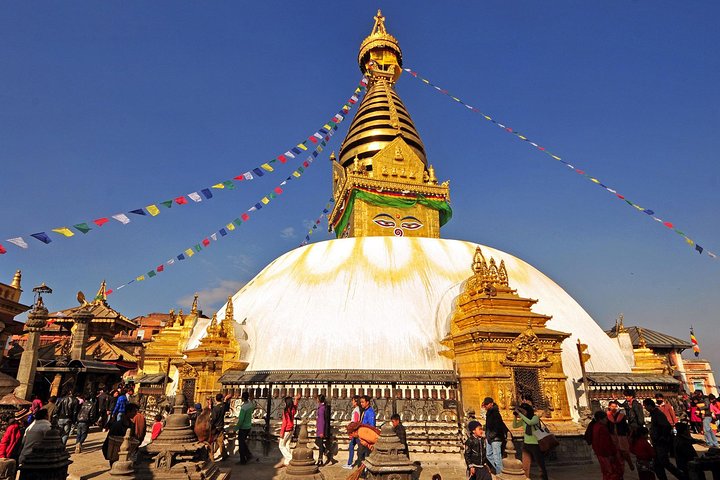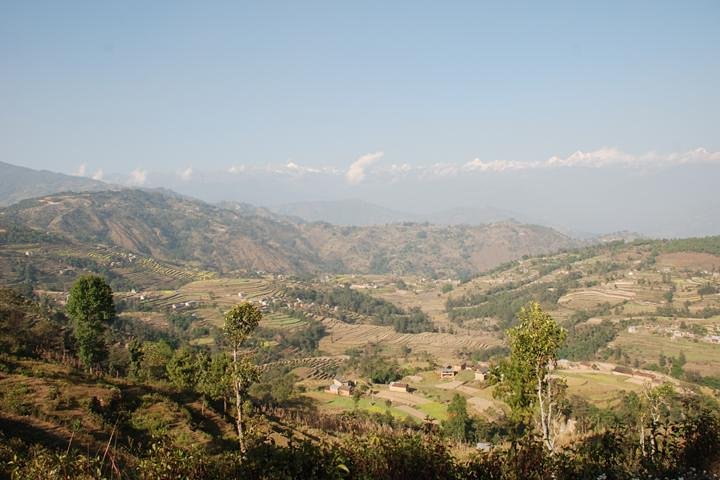
Nestled in the serene landscapes of Bagmati Province, Dakshinkali is a hidden gem that offers a unique blend of spiritual and natural experiences. The region is renowned for the Dakshinkali Temple Tour, where travelers can immerse themselves in the rich Hindu traditions while surrounded by Nepal’s breathtaking natural beauty. For those seeking adventure, the Motorbike Trip to Sisneri offers an exhilarating ride to a natural swimming pool, perfect for cooling off after a day of exploration. Hiking enthusiasts will find the Champadevi Hiking Tour an unforgettable journey, providing stunning views and a full-day private experience from Kathmandu. Additionally, the Pharping Kirtipur Day Tour allows visitors to delve into both Hindu and Buddhist cultural sites, making it a perfect blend of spirituality and history. Whether you’re a local or a tourist, Dakshinkali promises a memorable and enriching experience.
Nestled in the serene landscapes of Bagmati Province, Dakshinkali is a hidden gem that offers a unique blend of spiritual and natural experiences. The region is renowned for the Dakshinkali Temple Tour, where travelers can immerse themselves in the rich Hindu traditions while surrounded by Nepal’s breathtaking natural beauty. For those seeking adventure, the Motorbike Trip to Sisneri offers an exhilarating ride to a natural swimming pool, perfect for cooling off after a day of exploration. Hiking enthusiasts will find the Champadevi Hiking Tour an unforgettable journey, providing stunning views and a full-day private experience from Kathmandu. Additionally, the Pharping Kirtipur Day Tour allows visitors to delve into both Hindu and Buddhist cultural sites, making it a perfect blend of spirituality and history. Whether you’re a local or a tourist, Dakshinkali promises a memorable and enriching experience.

















































































































